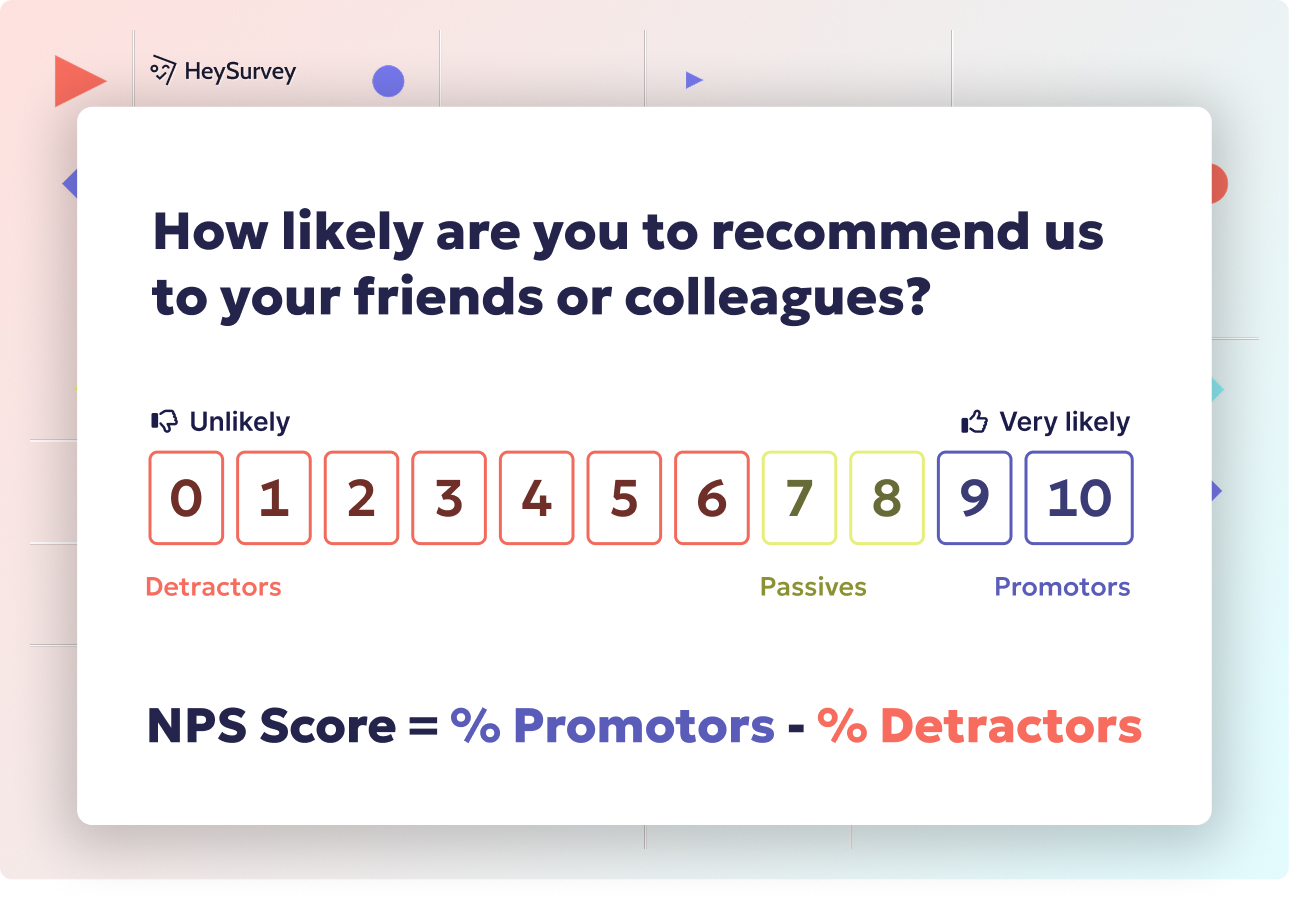32 Lessons Learned Survey Questions: Types, Samples & Tips
Discover 30+ lessons learned survey questions across types like projects, Agile, events, and training to boost continuous improvement efforts.
Lessons-learned surveys help you unlock the hidden gold in your projects and events, offering essential insights for continuous improvement, risk reduction, and agile knowledge management. By gathering post-project feedback and capturing fresh perspectives, organizations can dodge the same pitfalls and boost repeatable successes. The best timing? Right after you wrap up activities, so observations are crisp and actionable.
Project Completion Lessons-Learned Survey
Why & When to Use
When the confetti settles and a project officially ends, it's the perfect time to launch a project completion lessons-learned survey. This isn't just corporate tradition—it’s a proven tool for making future initiatives smoother, cheaper, and less stressful. Whether you’re finishing a sprawling IT rollout, a slick marketing campaign, or a new building, these surveys gather feedback on scope, budget, deadlines, and overall satisfaction.
They shine a spotlight on lessons that matter most—what worked, what didn't, and what should never, ever happen again. By doing this at the end, patterns emerge across projects, making it possible to avoid deja-vu disasters and copy-paste the playbook of your success stories.
A lessons-learned survey here can: - Prevent repeat mistakes by pinpointing the exact tripwires. - Empower teams through transparent feedback loops. - Foster a habit of continuous improvement process across all departments.
Timing is everything. Surveys are most powerful when sent immediately at project closure. The details are fresh, and emotions (yes, even those ugly ones) can still translate into practical changes. Don't let valuable knowledge evaporate with time—strike while the project is still top-of-mind.
Five Sample Questions
Which project phase generated the highest unplanned costs and why?
How effectively did the project meet its original scope and objectives?
Rate the clarity of stakeholder communication from 1–5 and explain your score.
Identify one process that should be standardized for future projects.
What resources or skills were missing that would have improved outcomes?
Implementing lessons-learned surveys at project completion enhances future project performance by identifying and addressing recurring issues. (pmi.org)
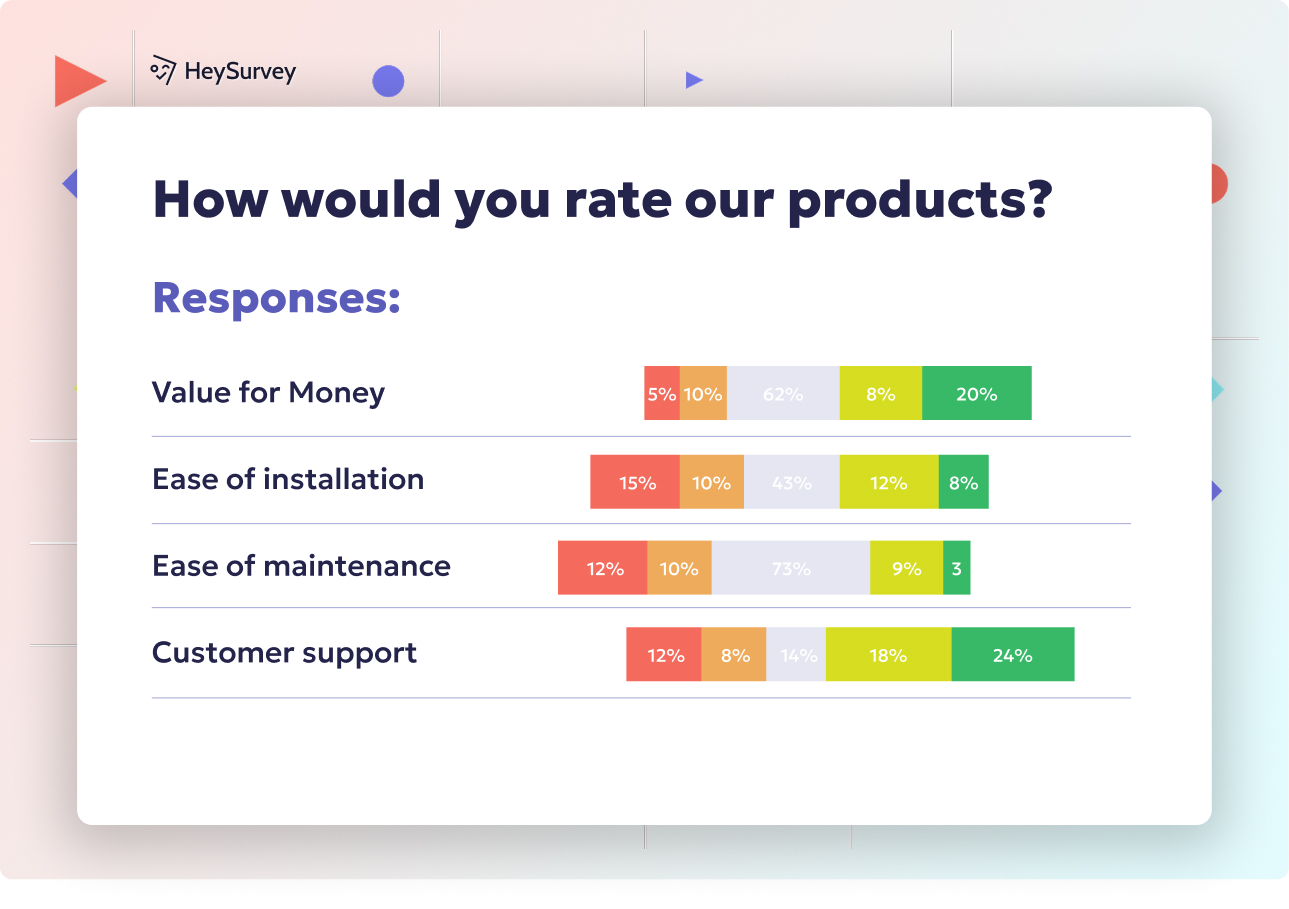
Creating your own lessons-learned survey with HeySurvey couldn’t be simpler! Just follow these three easy steps and you’ll be collecting insights in no time.
Step 1: Create a New Survey
- Head over to HeySurvey and start a new survey by clicking the “Create Survey” button.
- Pick your preferred method:
- Use a pre-built template for a fast, structured start (perfect if you want to launch quickly).
- Or choose an empty sheet for full creative control.
- Use a pre-built template for a fast, structured start (perfect if you want to launch quickly).
- Give your survey a name that reflects your lessons-learned purpose—something like “Project Completion Feedback” or “Sprint Retrospective.”
No account? No problem! You can start building right away, but keep in mind you’ll need an account to publish and collect responses later.
Step 2: Add Questions
- Once inside the Survey Editor, click “Add Question” to start populating your survey.
- Choose question types that suit your feedback style:
- Use Scale questions for ratings (1-5 scores).
- Employ Choice questions for multiple or single options.
- Mix in Text questions to collect open-ended, rich insights.
- Use Scale questions for ratings (1-5 scores).
- For example, you can add questions like:
- “Rate the clarity of communication from 1 to 5.”
- “What was the biggest blocker during the sprint?”
- “Suggest one improvement for future workshops.”
- “Rate the clarity of communication from 1 to 5.”
- Make sure to mark essential questions as required so you get the critical feedback you need.
- Pro tip: Add images or descriptions to clarify questions and keep respondents engaged!
Step 3: Publish Survey
- Hit the “Preview” button to take your survey for a test drive. Check the flow and make sure everything looks sharp.
- When you’re happy, click “Publish.”
- Copy your unique survey link or embed it on your website or intranet.
- Share broadly! Your team or attendees can now provide their valuable feedback.
Bonus Step: Apply Branding
- Want your survey to look like it’s truly yours? Upload your company logo at the top left corner in the Branding section to customize the survey’s appearance.
- Use the Designer Sidebar to tweak colors, fonts, backgrounds, and animations to match your style or corporate identity.
Bonus Step: Define Settings or Skip Into Branches
- In Settings, you can:
- Set start and end dates for survey availability.
- Limit the total number of responses.
- Define redirect URLs after completion (like a “Thank you” page).
- Allow respondents to view results (great for engagement, if applicable).
- Set start and end dates for survey availability.
- Use Branching to create personalized survey paths—send respondents down different roads depending on how they answer. Perfect for nuanced lessons-learned surveys that dive deeper based on initial feedback.
Ready to get started? Click the button below to open a lessons-learned survey template and begin your journey toward smarter projects and better outcomes!
Agile Sprint/Iteration Retrospective Survey
Why & When to Use
Fast-moving teams know the thrill of a sprint finished—sometimes with a high five, sometimes with nervous laughter. An Agile retrospective survey is your pit stop after every iteration, letting teams examine what sped them up or slowed them down. This practice keeps everyone dialed in with Agile values: continuous delivery, collaboration, and constant learning.
These surveys don't wait for the big finale. Instead, they surface incremental improvements with every iteration, creating a rhythm of quick wins. And the feedback loop isn’t just for developers—designers, product owners, and business stakeholders all have a front-row seat.
Running retrospectives regularly ensures teams: - Can address obstacles before they snowball. - Keep improving their continuous improvement process. - Build a shared vocabulary for what “done” and “great” look like.
Ideally, launch these surveys immediately after each sprint. Memories are sharp, and feedback is honest—no sugarcoating or post-mortem fatigue. This timing helps teams course-correct rapidly, experiment boldly, and share insightful nuggets across the organization.
Five Sample Questions
What impediments slowed the sprint, and how can we remove them next time?
How satisfied are you with team collaboration on a 1–5 scale?
Which user story provided the most value, and why?
Did the Definition of Done remain clear and consistent?
What should we experiment with in the next sprint?
Crafting specific, unbiased, and concise retrospective survey questions enhances the quality of feedback and drives actionable insights. (helio.app)
Post-Event / Conference Lessons-Learned Survey
Why & When to Use
Everyone loves a good conference, but the real magic happens after the applause dies down. A post-event lessons-learned survey helps organizers see the event experience through attendees' eyes. This feedback helps cement your reputation, improve logistics, and guarantee that next year’s event isn’t just a rerun.
Success isn’t just about how much swag you handed out; it’s about gathering intel on what resonated and what dragged. Sending a survey within 24–48 hours of the event ensures everything is still fresh—from the transformative keynote to the infamously slow lunch line.
Here’s why you need one: - Capture actionable attendee feedback before it fades. - Collect ideas that turn ordinary events into must-attend affairs. - Pinpoint logistical pain points and content mismatches.
Want better events? Make sure your survey is specific, pointed, and open enough for those mic-drop moments attendees want to share. Give your audience a chance to steer next year’s ship.
Five Sample Questions
How would you rate the relevance of session topics to your role?
Which logistical aspect (venue, registration, catering) needs the most improvement?
What was your single biggest takeaway from the keynote?
How likely are you to recommend this event to peers (NPS style)?
What topic should be added to the agenda next year?
Training & Workshop Lessons-Learned Survey
Why & When to Use
Training sessions and workshops are where lightbulbs are supposed to pop on. But do they? An insightful training lessons-learned survey is your backstage pass to what learners actually retained—and what left them scratching their heads. These surveys unlock critical feedback on curriculum, instructor skill, and real-world relevance.
Shoot out your survey immediately after the session, when learners can still recall what worked and what flopped. You’ll get gold—actionable tips for making your next workshop magnetic, relevant, and more impactful.
Here’s why such surveys matter: - Evaluate learning retention and skill transfer to real jobs. - Fine-tune your facilitation and training materials. - Ensure future sessions reflect what learners actually need, not just what’s on your slide deck.
You want honest, constructive feedback? Don’t snooze. Timing is everything for capturing real perspectives, useful critiques, and ideas that you’d never spot from a podium.
Five Sample Questions
Which module was most useful for applying new skills on the job?
Rate the instructor’s clarity and engagement from 1–5.
What concept remains unclear and requires follow-up resources?
How well did training materials match real-world scenarios?
Suggest one improvement for future workshop delivery.
Effective training evaluation surveys should include a mix of closed and open-ended questions to gather comprehensive feedback on content relevance, trainer effectiveness, and practical application. (watermarkinsights.com)
Product Launch / Go-to-Market Lessons-Learned Survey
Why & When to Use
You’ve survived the launch. The confetti cannon’s been fired, but don’t walk away yet! A product launch lessons-learned survey is your key to fine-tuning future rollouts. Product releases are cross-disciplinary tornadoes—marketing, engineering, sales, and support all sprint in different directions but must land together for success.
Deploy these surveys after a major launch, while memories are raw and everyone’s still buzzing (or groaning). This timing wrings the most truthful, useful insights out of cross-functional teams. You'll spot which strategies landed, which missed, and what can make the next launch smoother.
Why launch such a survey? - Pinpoint gaps between product readiness and market expectations. - Learn which assets and communications worked (and which didn’t). - Gather scalable tips for everything from documentation to customer support.
Leverage your team’s post-launch honesty—before they get swept into the next thing. A brief, targeted survey turns after-action chats into a competitive advantage.
Five Sample Questions
Did the launch timeline align with market readiness? Explain gaps.
How effective were the marketing assets in driving qualified leads?
Which support issues emerged most frequently post-launch?
What feature received the most positive customer feedback?
Identify one cross-team coordination improvement for next launch.
Crisis / Incident Response Lessons-Learned Survey
Why & When to Use
Crises can teach you more than a hundred peaceful quarters ever will. A lessons-learned incident survey transforms fumbling and frantic moments into robust playbooks for your future self. Whether it’s a cybersecurity scare, a dramatic service breakdown, or a wild PR firestorm, you want to capture first-hand experiences and ideas for improvement while the adrenaline is still pumping.
Deploy this survey immediately after the incident is resolved. Memories are sharp and the urge to fix things is strong—don’t lose that energy to time. This makes your response even sharper next time around, with fewer missteps and clearer communication.
Benefits include: - Assessing role clarity and incident management under real pressure. - Spotting tool and process gaps. - Ensuring customer communication is always timely and adequate.
An honest review of what went RIGHT and what must never happen again is vital. Being brave enough to ask the tough questions is the first step to upgrading your organization’s resilience and response strategy.
Five Sample Questions
How clearly were roles and responsibilities defined during the incident?
Rate the speed of internal communication on a 1–5 scale.
Which detection tool or alert proved most valuable?
What single action would have shortened resolution time the most?
Were customers adequately informed throughout the incident lifecycle?
Continuous-Improvement Pulse Survey (Ongoing)
Why & When to Use
Continuous improvement isn’t a buzzword—it’s a lifestyle. Enter the pulse survey: a quick, repeatable check-up that keeps your finger on the organization’s heartbeat. These aren’t one-off affairs. Running them monthly or quarterly surfaces everyday annoyances before they become show-stoppers.
Pulse surveys are: - Fast feedback loops for tracking pain points and small successes. - Perfect for adjusting course in real time, not just at project post-mortems. - More likely to drive engagement, since they don’t drown people in lengthy question lists.
Deploy these little surveys on a set schedule. You’ll get a rolling picture of improvement opportunities and team morale, making it easy to spot trends and light up early warning signs. Plus, everyone loves a chance to share that quirky experiment they tried that actually worked.
Five Sample Questions
What’s the biggest blocker you faced this month?
Which existing process feels outdated or redundant?
On a scale of 1–5, how supported do you feel by leadership in solving issues?
Share one successful experiment or innovation you tried recently.
Suggest a topic for the next lunch-and-learn or improvement workshop.
Best Practices, Dos & Don’ts for Crafting Lessons-Learned Survey Questions
Writing effective survey questions is half science, half art. The right mix keeps your feedback honest, thorough, and truly actionable. Balance open-ended prompts and scaled questions for a survey that delivers both stories and stats.
Keep these best-practice tips at heart: - Use a blend of quantitative (rating scale) and qualitative (open text) items for well-rounded insights. - Limit your surveys to 10–15 high-impact questions to fend off fatigue and boost participation. - Always tailor language to the audience. Ditch jargon when surveying broad or mixed groups—nobody loves a pop quiz in corporate acronyms!
If feedback could be sensitive, absolutely prioritize anonymity and psychological safety—don’t offer it unless you can genuinely protect identities. Trust is everything.
Track trends over time by leveraging tools with analytics capabilities. These turn survey responses into data-driven project improvement opportunities.
Above all, remember: - Every question should be clear, necessary, and actionable. - Surveys are a dialogue, not a data dump. They should spark better future projects, not just fill a reporting quota.
In summary, lessons-learned surveys are your ticket to repeatable success and agile, informed teams. Crafted well and timed right, they're easy, fun, and essential for anyone who wants more win and less facepalm the next time around. Remember: feedback isn’t just about pointing out what broke. It’s your route to building something even greater—every single time.
Conclusion
Lessons-learned surveys light the way forward in any organization. When crafted with care, they empower teams to evolve, dodge repeat mistakes, and celebrate surprising wins. Apply the right questions at just the right moment to turn hindsight into foresight. With each survey, you’re rewriting your organization’s “how we get better” playbook. Let your next lesson be your greatest leap forward!
Related Feedback Survey Surveys
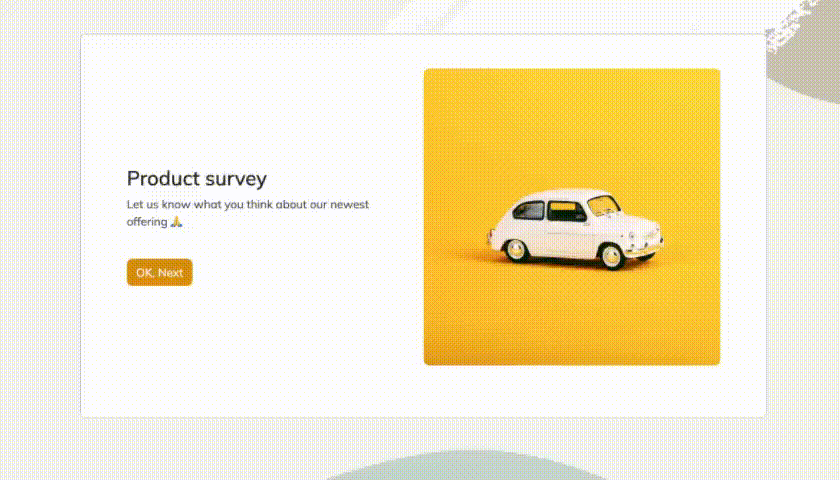
25 Catering Survey Questions to Collect Actionable Feedback
Discover 30 expert catering survey questions to gather actionable feedback that enhances menus, s...
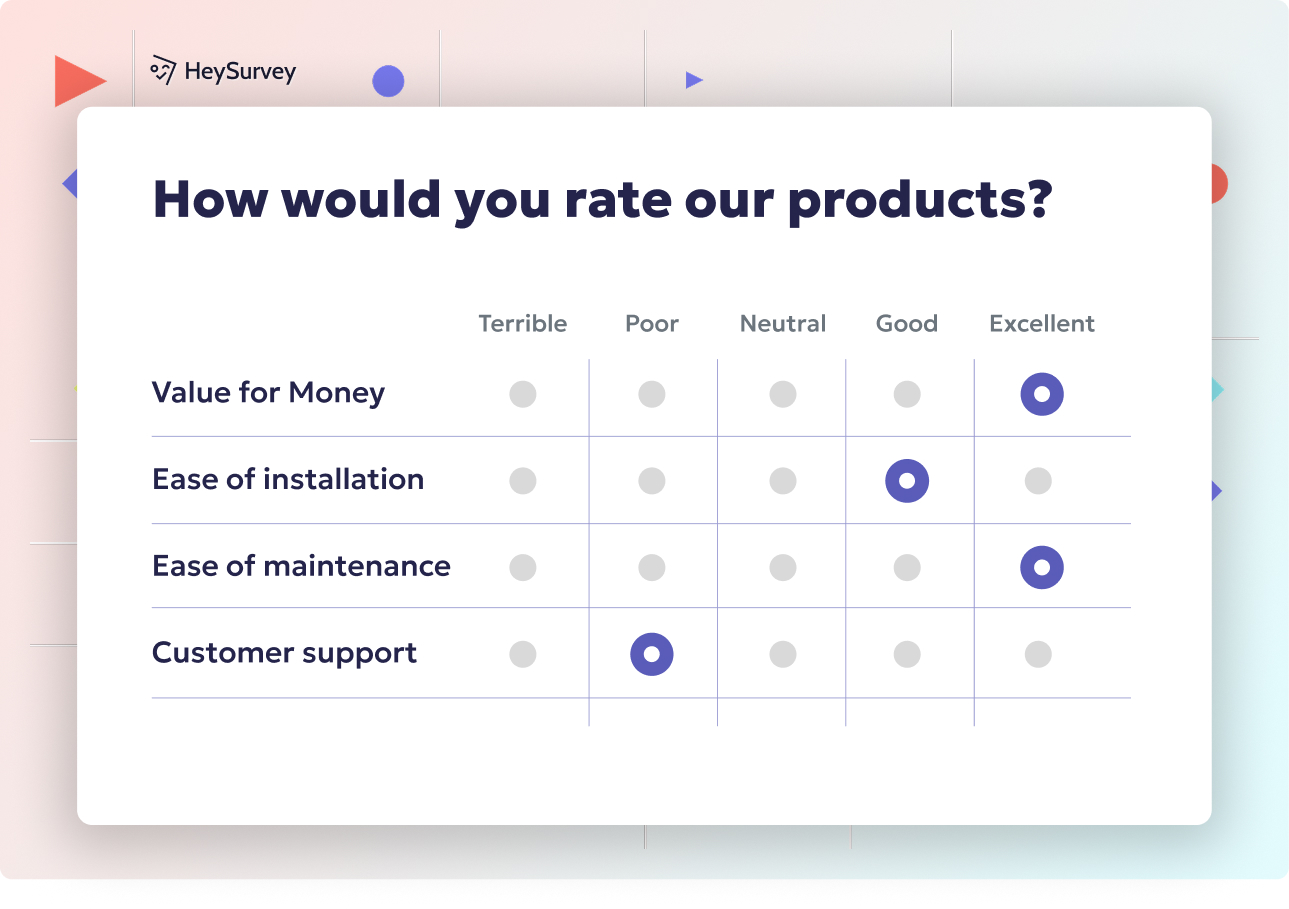
30 User Feedback Survey Questions for Better Insights
Discover 40+ user feedback survey questions across 8 types to boost product insights, UX, and cus...
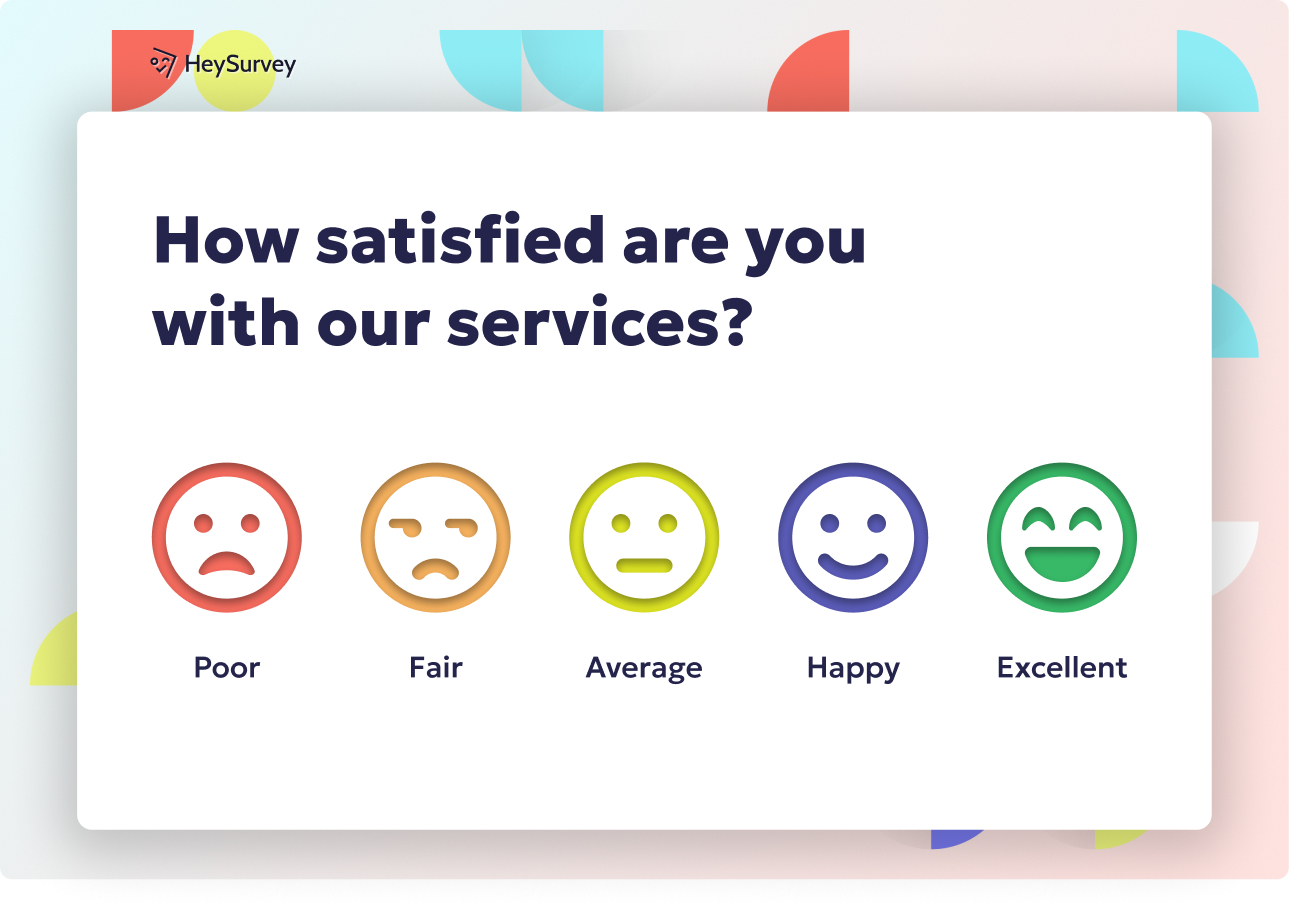
30+ Environment Survey Questions for Sustainable Insights
Explore 30+ environment survey questions with expert tips covering awareness, behavior, corporate...

